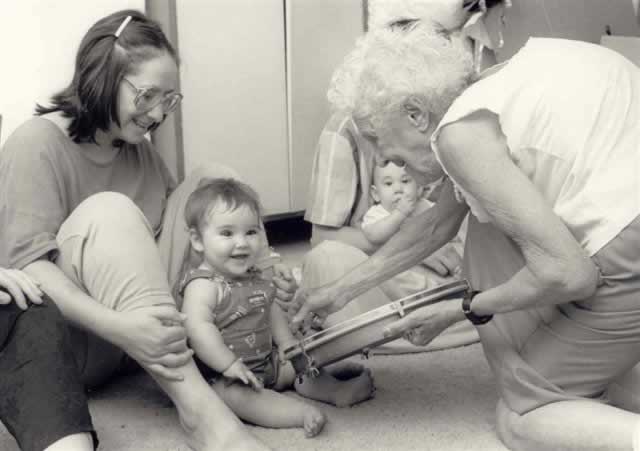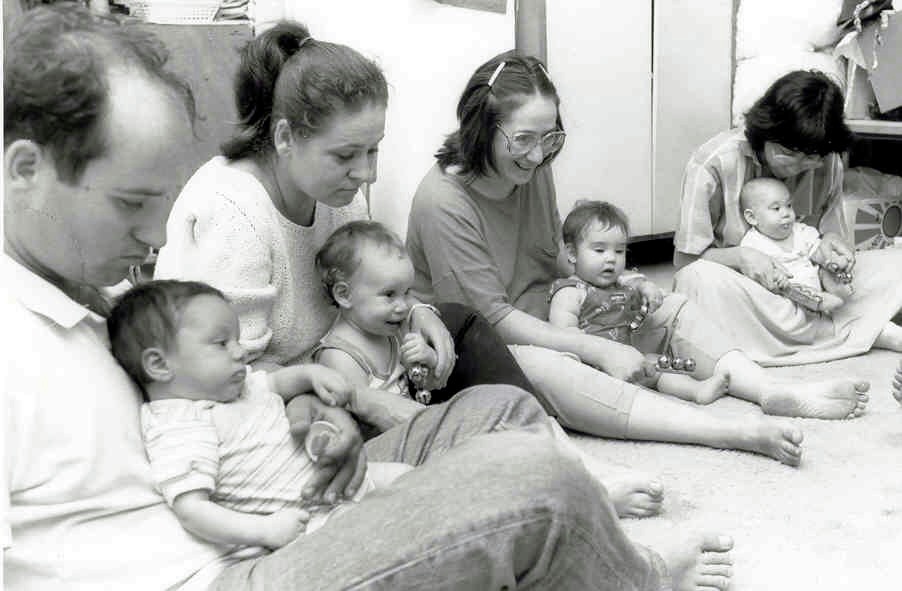The Listen, Like Learn Approach

The "Listen, Like, Learn" approach for teaching music to young children was developed by Canadian music educator, Barbara Cass-Beggs and combines theories established by Kodaly and Orff. The basic principles are:
- First, children they must LISTEN, as music is a listening subject.
- Then they must LIKE listening; otherwise they will not learn.
- From listening and liking they will LEARN.
Music stimulates movement, which is essential for baby's physical and mental development. Singing to a baby triggers speech and encourages auditory discrimination. The LISTEN, LIKE, LEARN approach involves listening, moving, singing and participating in ways that encourage experimentation with sound, and using a variety of percussive and melodic instruments. Although music is the medium, the underlying aim is to assist the development of the WHOLE child so that s/he can gain a sense of self-confidence and security. Using the LISTEN, LIKE, LEARN approach helps parents get to know the songs, rhymes and musical exercises of babyhood.
Mother Goose on the Loose incorporates the LISTEN, LIKE, LEARN approach, combining it with the most effective practices in library programming for very young children.

The "Listen, Like, Learn" approach for teaching music helps “children discover the relation of music to the other arts.” It offers basic training in pitch and rhythm” and provides age-appropriate ways to teach music to children. Barbara wrote, “Your child must like music before he/she can learn it. The earlier she learns to listen to music and enjoy it, the more she is likely to benefit. (Cass-Beggs 1986, 13). “The basic elements of the LISTEN, LIKE, LEARN program are the basic elements of music, which are: singing, movement, rhythm and melody, and these elements can only be introduced successfully if, at the same time, the children are learning to listen” (Cass-Beggs 1986, 21).